Ernest Shackleton's career in the Antarctic saw him take four voyages to that southernmost continent over a twenty year period, a journey that began with him as a young officer and ended with his death mid-expedition in South Georgia. That these expeditions and their exploits have become legend is partly down to the heroic passages within them that, in their retelling in the books written about them, sated a sizable public appetite for accounts of adventure in the Antarctic.
The following comprises a short history of Shackleton's four Antarctic expeditions, and a guide to collecting first editions and rare books about them, with some examples from our current stock.
The Discovery Expedition, 1901-04.
Officially designated as the British National Antarctic Expedition, this was the first official British expedition to the Antarctic for nearly sixty years. This was prompted in part by John Murray's 1893 lecture to the Royal Geographical Society titled The Renewal Of Antarctic Exploration, in which he argued that present knowledge of the southern continent was meagre and that until the Antarctic was properly studied, the metereology of the rest of the world could not be fully understood. The hugely influential lecture was published in January 1894 in the Geographical Journal, appended with all the post lecture comments added by Clements Markham, Joseph Hooker, George Nares and others.
The resulting expedition was led by Captain Robert Scott, and Ernest Shackleton, hitherto an officer in the Merchant Navy, was recruited with Scott noting "his experience was useful to us in many ways, and he was always brimful of enthusiasm and good fellowship." The scientific achievements of the expedition are particularly noteworthy, with the expedition's scientists mapping hundreds of miles of previously unknown coast, mountain ranges and glaciers, and discovering hundreds of new species of marine life. This results were literally voluminous, with the results of their scientific enquiries published across twelve volumes between 1907 and 1913.
The expedition is now best known for the three man sledging party of Scott, Shackleton and Edward Wilson heading towards the South Pole in November 1902. By the end of the year they had reached 82°17' south, which was 460 miles from the Pole. But at this point hunger and Shackleton falling ill made them turn back, and the return journey took an even greater toll, with Shackleton forced to return England afterwards.
The major book of the expedition is Scott's official account, The Voyage Of The 'Discovery', published in October 1905. Leonard Huxley, a reader at the book's publisher, later wrote "When I received the script of The Voyage Of The Discovery I was amazed. I had only to read a few pages to realize that it was literature, unique of its kind... Scott's mind was like wax to receice an impression, and like marble to retain it." The book is profusely illustrated with photographs mainly by Shackleton and Reginald Skelton, and beautiful watercolours by Edward Wilson. Due to the heft of the two volumes, and the sheer number of plates, copies rarely survive in as nice condition as the example below.
In addition to Scott's account is that of his second-in-command Albert Armitage. Two Years In The Antarctic was published in 1905, and is among the scarcest of the heroic age accounts. In his prefatory note to the book, Fridtjof Nansen hopes that it “may inspire many a young man to noble deeds, whether the battle be fought in the bustle of great cities or in the silence of those icy regions where men toil on at the drag-ropes of a heavy sledge for the advancement of human knowledge.”
The Nimrod Expedition, 1907-09
Following his early return from the Antarctic and from the Discovery expedition, Shackleton planned to return to Antarctica, this time leading his own expedition and to do so with the goal of attaining the South Pole. Despite being named the British Antarctic Expedition, it was a privately funded - in truth underfunded - venture, with no backing from major organisations. And yet, the results were extraordinary, with Shackleton knighted for his efforts and returning home a hero.
They were the first to summit Mount Erebus, discovered the Beardmore Glacier and were the first to attain the South Magnetic Pole. The expedition also produced the first book printed and bound in the Antarctic, the Aurora Australis - an incredible feat of book production in the most inhospitable environment.
A second item was also the product of their Antarctic printing press, a beautifully produced printed menu, for the Midwinter Celebration At Winter Quarters, in 1908. Rather fittingly, our copy is that which was originally owned by the expedition's cook, William C. Roberts. The Midwinter feast was a much anticipated event during the freezing winters of the Antarctic, and Shackleton records "after a teetotal regime the Midwinter Day, the Great Polar Festival and Birthday festivals were a release, and an occasion for a 'wild spree'." This tongue-in-cheek menu proposes a starter of Turtle Soup, followed by Penguin patties and Seal cutlets, before the pièce de résistance of Roast Reindeer. Champagne and whisky are recommended for hydration before the evening ends with "Sledges at 12-30".
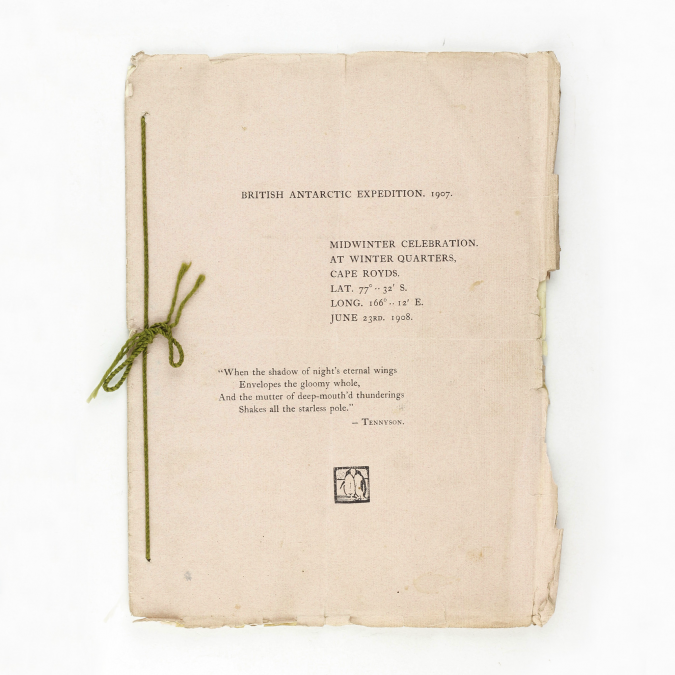
In their goal of reaching as far as the South Pole, Shackleton headed south in a party of four on 29th October 1908. The distance for a return journey to the pole was just under 1,500 nautical miles, and Shackleton and his men were just 97 miles away by 9th January. At this point, however, with supplies and spirits waning he declared they had shot their bolt, planted the British flag at the new farthest south, and prepared for the return journey. On passing this very spot on his way to becoming the first to reach the South Pole, Roald Amundsen remembered:
"We did not pass that spot without according our highest tribute of admiration to the man, who - together with his gallant companions had planted his country's flag so infinitely nearer to the goal than any of his precursors. Sir Ernest Shackleton's name will always be written in the annals of Antarctic exploration in letters of fire."
Shackleton's reception back in Britain was that of a hero's welcome. He received medals and awards at home and abroad, was knighted in 1909, and his expedition's debt - some £20,000 - was dealt with by a government grant. The first dinner in his celebration was hosted by Catherine Eckstein in June 1909, and the following report of the party in the Morning Post gives an idea of the lavishness of the affair:
"The dinner table was a quite a novel feature. A green and blue gauze were put together, to look like the sea, and between the folds fishes were placed. On the top of this a large sheet of plate glass was laid, edged around with seaweed. In the centre was a model of the Nimrod made entirely of flowers, the ropes done with white heather and a Union jack flying from the topmast... A large Union Jack made entirely of flowers was placed as if waving in the breeze between the first and second staircase"
Shackleton would later inscribe a copy of his account of the expedition for Mrs Eckstein, and include in the inscription a long Robert Service's polar verse:
"They are wanting me they're haunting me
They are whining and they're whimpering as if each one had a soul
They are calling from the wilderness, the vast and godlike spaces
The stark and sullen solitudes that sentinel the Pole".
The Heart Of The Antarctic is a classic of all polar literature, and was largely dictated to Edward Saunders, a young New Zealand journalist who accompanied Shackleton back to England as his literary assistant. The resulting work, featuring sumptuous illustrations by George Marston, is one of the finest in the Antarctic canon. A three volume limited edition was released, restricted to just 300 sets, alongside the very attractive trade edition. The book was an immediate success and was translated into Italian, German, Swedish, French and Hungarian in the space of two years.
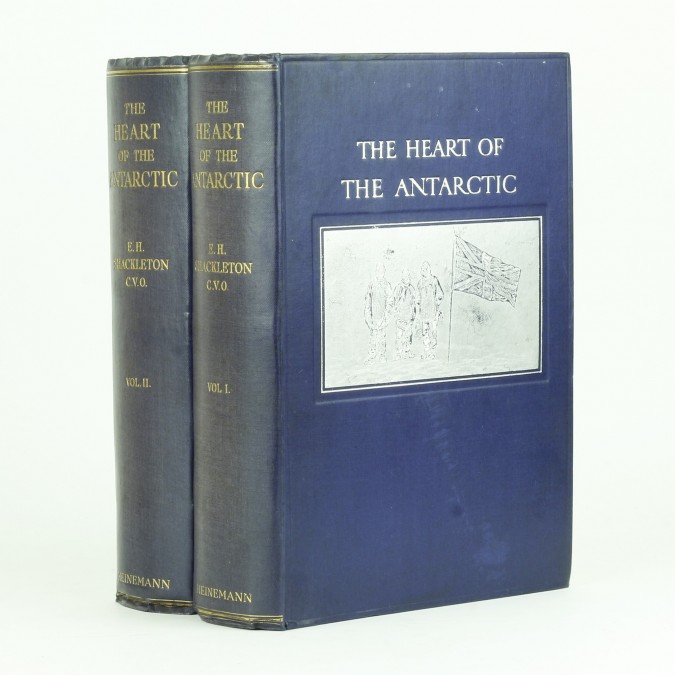
The Imperial Trans-Antarctic Expedition, 1914-17
Follow Scott and Amundsen's race to the pole in 1911 and 1912, an expedition crossing the entire continent from the Weddell Sea to the Ross Sea became, in Shackleton's own words, the "one great main object of Antarctic journeyings". Despite managing to receive £10,000 from the British Government towards expedition costs, and an unexpected £1,000 from the Royal Geographical Society, Shackleton needed to raise a good deal more to fund the expedition. The plan, therefore, was to appeal to wealthy businesspeople and to that end he had produced a fine privately printed prospectus, typeset and bound at the W. H. Smith Bindery, that would lay out his plan and make the case for the expedition's importance. This original prospectus, most uncommon in commerce, especially in as fine condition as the copy pictured, proved effective, with sufficient funds raised by June 1914.
As for the expedition itself, the tale of the loss of the Endurance to the Weddell Sea, the perilous journey to Elephant Island, the unlikely voyage of the James Caird to South Georgia and the rescue mission that ensured every member of the crew survived has become legend and does not need retelling here. This is chiefly due to Shackleton’s account of the expedition, one of the finest books in the Antarctic canon, published in 1919 as South.
The Shackleton-Rowett Expedition, 1921-22
Shackleton's final voyage was a short-lived one. After an initial scheme for an expedition into the Arctic fell through, Shackleton's eye turned south and back to the Antarctic, planning to sail along and chart previously unvisited streches of Antarctic coastline. The expedition's vessel, however, was a small ship unsuited to the sort of journey that lay before them, with Shackleton noting on the voyage's first day "in no way are we shipshape or fitted to ignore even the mildest storm".
In all events, Shackleton did not reach the Antarctic continent again. Following a stop on the way south in Rio de Janiero in December 1921, Shackleton fell ill, but perservered nonetheless and managed to take the Quest on to South Georgia. On arriving there on 4th January, he composed what would be his final diary entry, which was closed in typically poetic fashion:
"In the darkening twilight I saw
a lone star hover: gem like above the bay."
Frank Wild's account of the Quest expedition, which is a true homage to the spirit and determination of the man they called "The Boss", provides therefore the perfect bookend to a collection on Shackleton, or a collection on the heroic age of exploration more broadly. Shackleton was buried under a cairn in the whalers graveyard at Grytviken in South Georgia, illustrated as the frontispiece to the book.
For more information about collecting Antarctic books, or to enquire about any of the books featured in this post, send us an email or give us a call on +44 (0) 1491 576427.
Comments
Recent Posts
- The Evolution of Crime
- Tour The Bookshop On Your Screen
- The Genesis of Mr. Toad: A Short Publication History of The Wind In The Willows
- Frank Hurley's 'South'
- The "Other" Florence Harrison
- Picturing Enid Blyton
- Advent Calendar of Illustration 2020
- Depicting Jeeves and Wooster
- Evelyn Waugh Reviews Nancy Mitford
- The Envelope Booklets of T.N. Foulis
- "To Die Like English Gentlemen"
- Kay Nielsen's Fantasy World
- A Brief Look at Woodcut Illustration
- The Wealth Of Nations by Adam Smith
- What Big Stories You Have: Brothers Grimm
- Shackleton's Antarctic Career
- Inspiring Errol Le Cain's Fantasy Artwork
- Charlie & The Great Glass Elevator
- Firsts London - An Audio Tour Of Our Booth
- Jessie M. King's Poetic Art, Books & Jewellery
Blog Archive
- January 2024 (1)
- January 2023 (1)
- August 2022 (1)
- January 2022 (1)
- February 2021 (1)
- January 2021 (1)
- December 2020 (1)
- August 2020 (1)
- July 2020 (2)
- March 2020 (3)
- February 2020 (2)
- October 2019 (2)
- July 2019 (2)
- May 2019 (1)
- April 2019 (1)
- March 2019 (2)
- February 2019 (1)
- December 2018 (1)
- November 2018 (1)
- October 2018 (2)
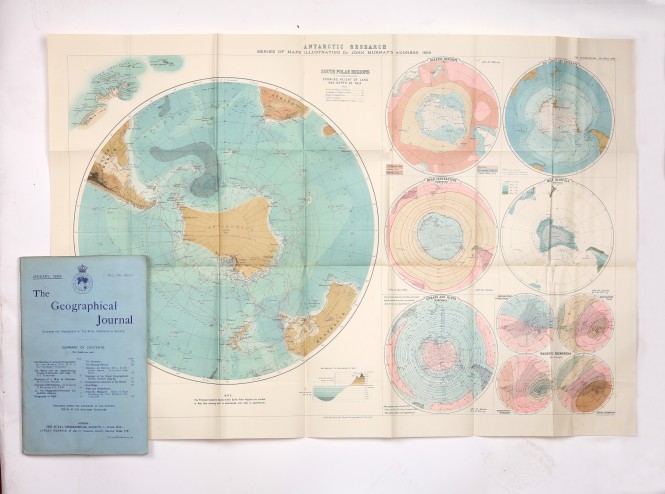
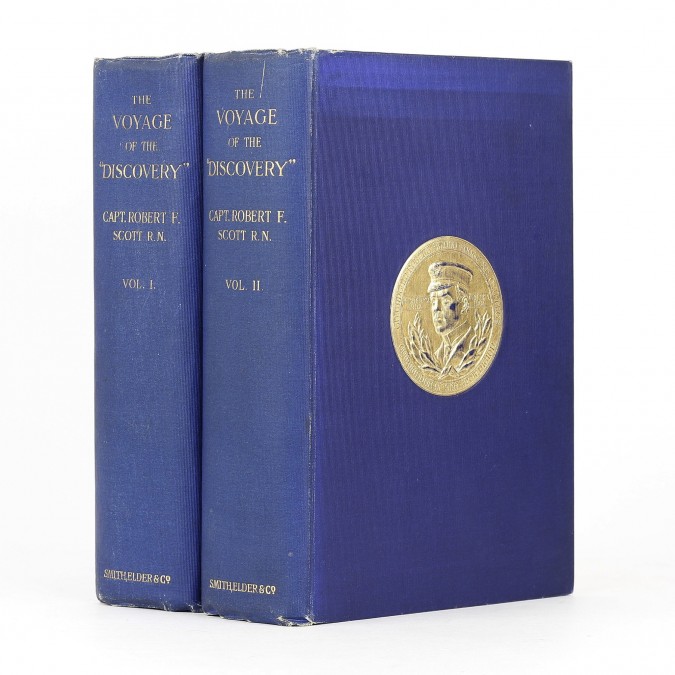
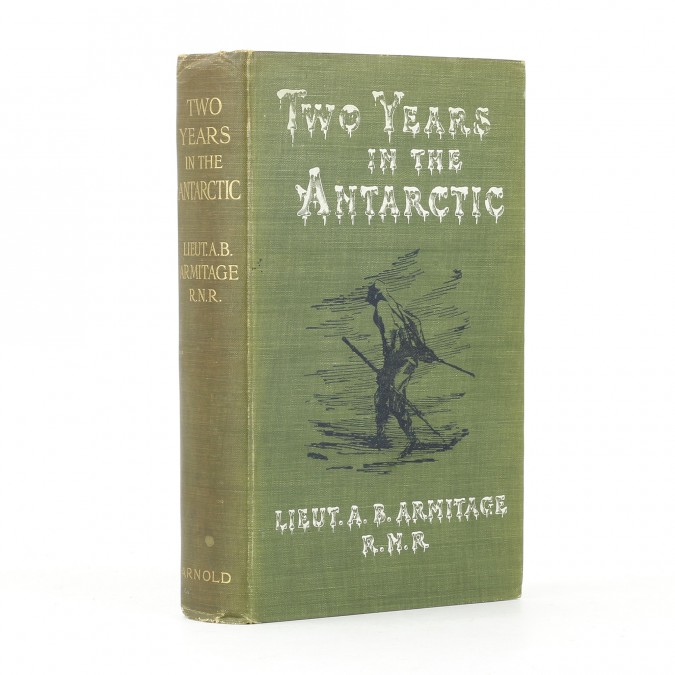
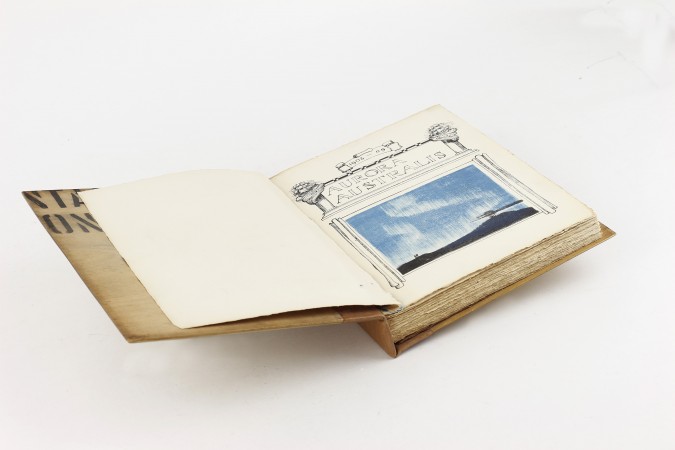
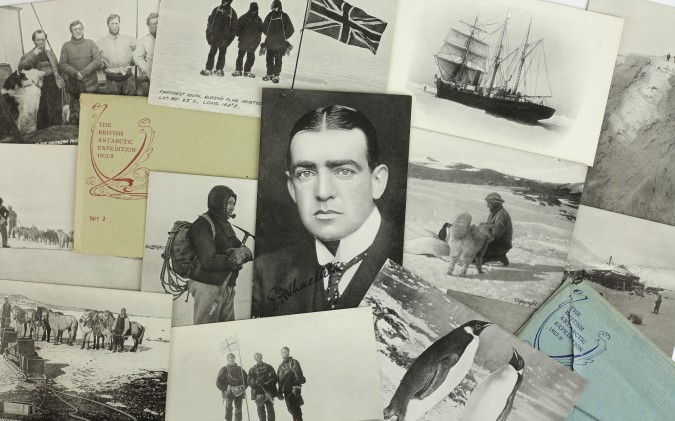
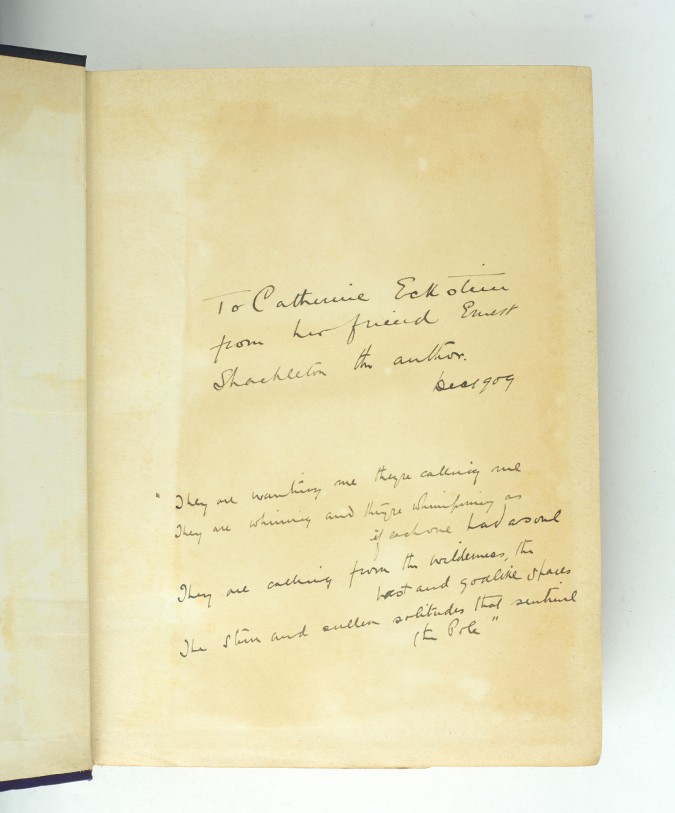
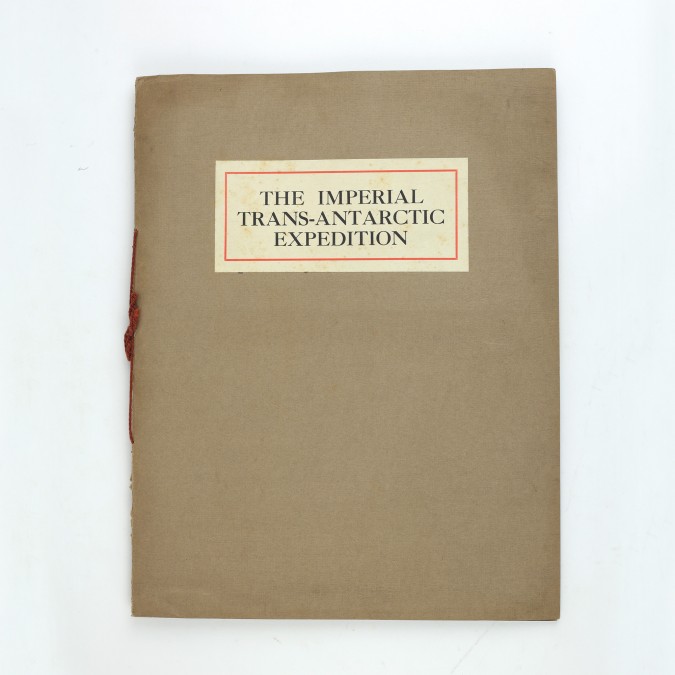
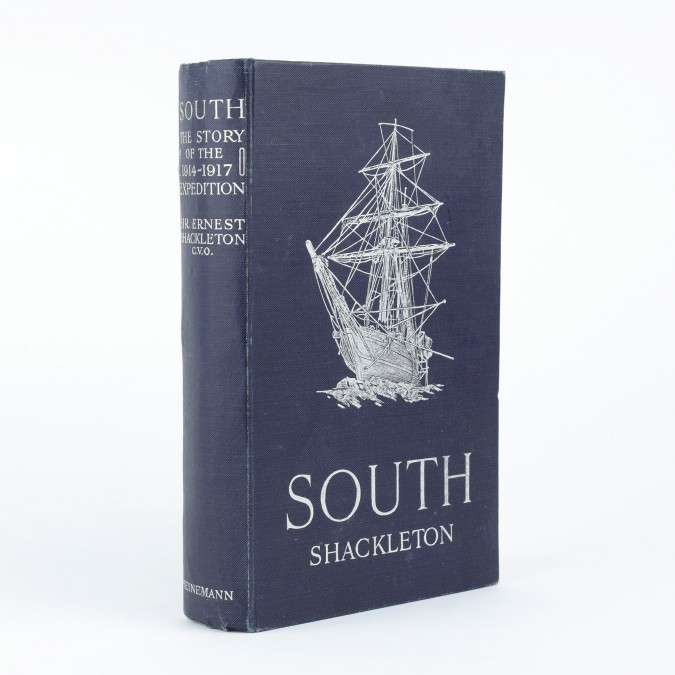
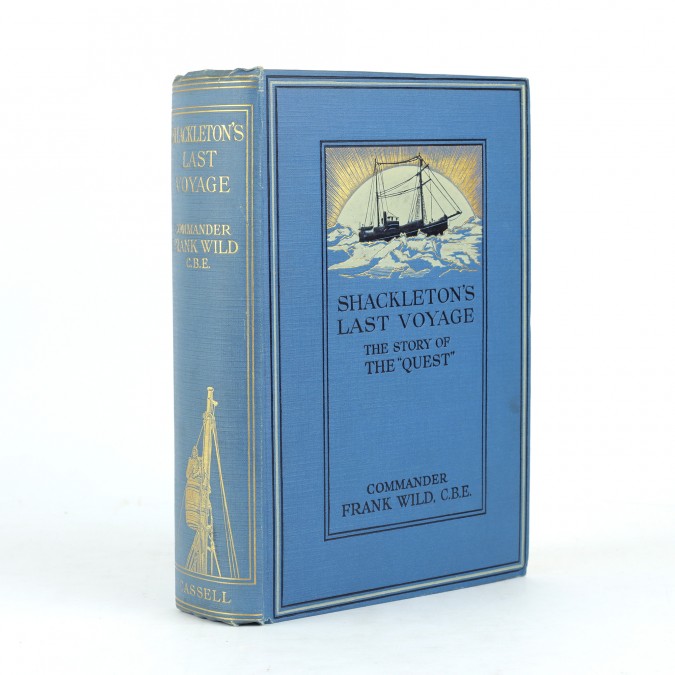
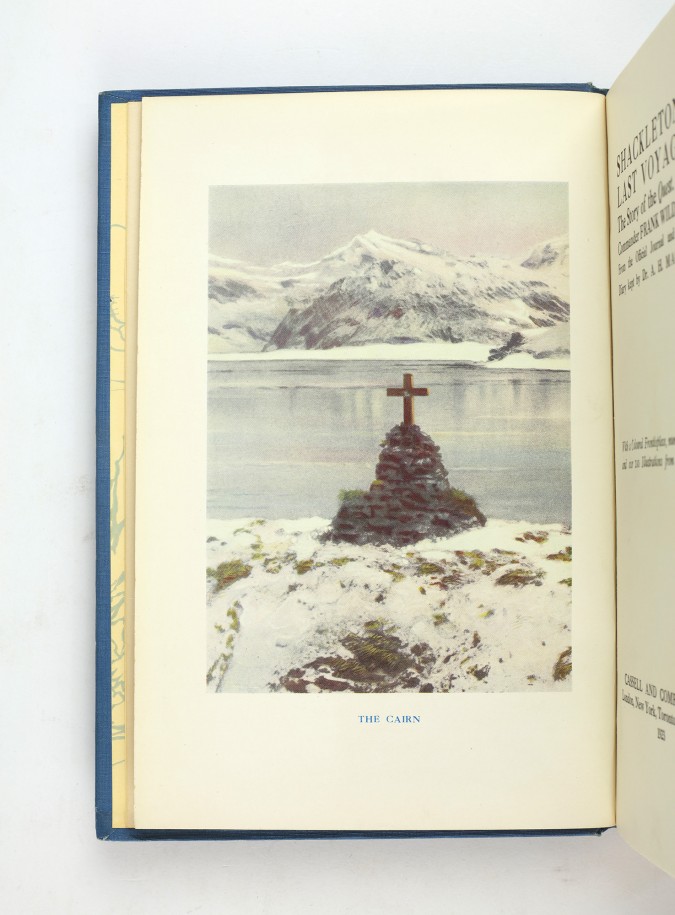
Mark Beaman 03/Feb/2022 15:09
Love everything about the antarctic and Shackleton expeditions
Fortunato Solari 09/Jul/2020 07:28
I have been in Antarctica 4 time during 1988 to 1994 along the Italian expedition within the Ross sea region